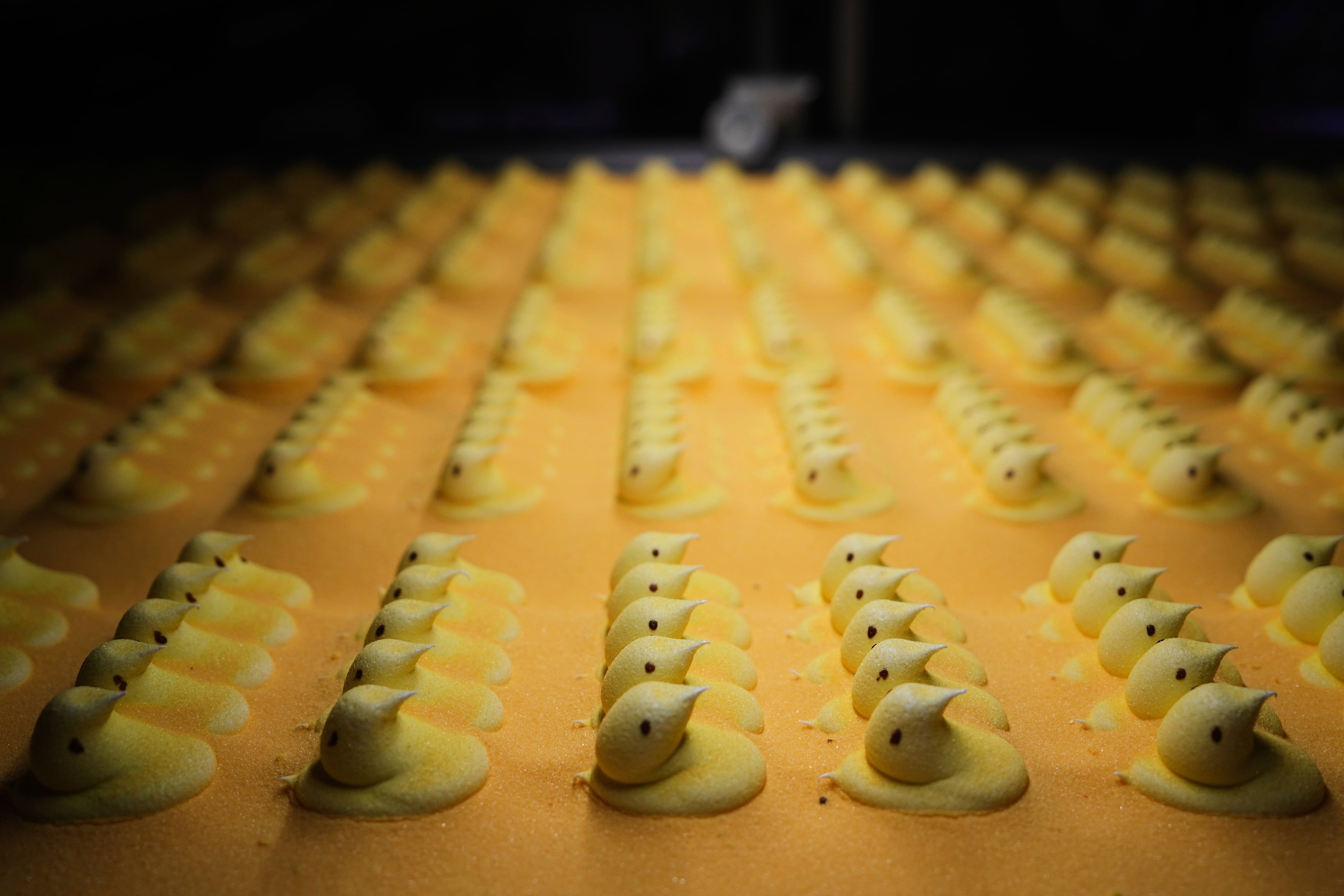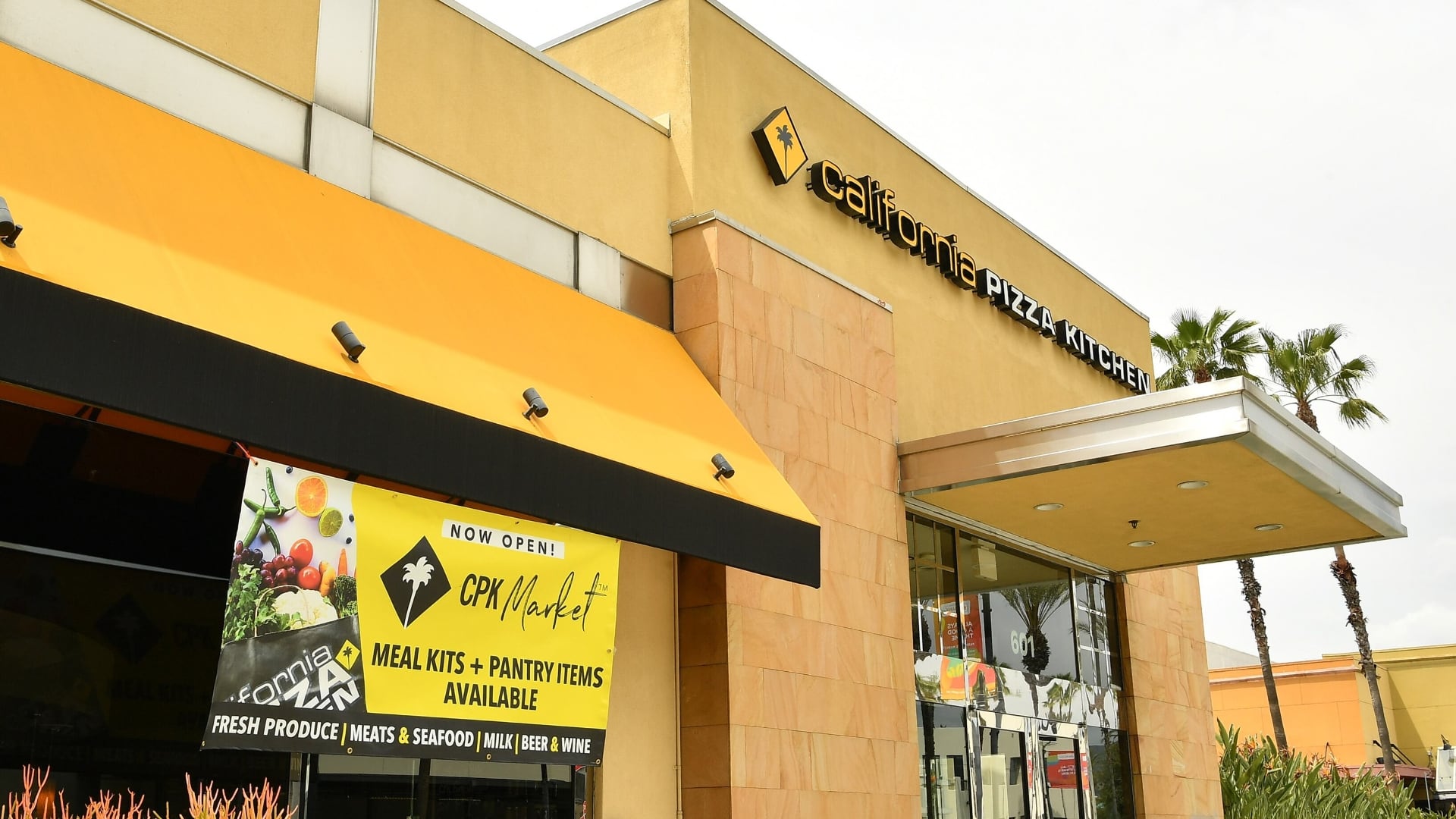BETHLEHEM, Pa. (AP) — Love them or hate them, those marshmallow Peeps that come in blindingly bright colors and an array of flavors are inescapable around the Easter holiday.
Millions are made daily in Bethlehem, Pennsylvania, by Just Born Quality Confections, a family-owned candy manufacturer that also churns out Hot Tamales, Mike and Ike fruit chews and Goldenberg’s Peanut Chews.
Peeps is Just Born’s most recognizable brand and one of a handful of candies that evoke strong reactions — good and bad. Some say an Easter basket isn't complete without Peeps while others deride them as being indestructible. Some use them in recipes or even artwork.
“Even if you’re not usually one to gravitate to eating the Peeps, there’s always so many other fun ways to include them in your celebrations,” said Caitlin Servian, brand manager for Peeps.
How many Peeps are made each year?
On average, about 5.5 million are made each day.
That adds up to 2 billion a year — or roughly 6 Peeps for every man, woman and child across the U.S.
How many different varieties and colors are there?
First hatched in yellow, the sugary chicks and bunnies come in nine colors for this Easter season, including pink, blue and lavender. And there are even more flavors — 14 for Easter — from cookies and cream, to fruit punch and sour watermelon. The varieties and colors vary throughout the year with different holiday seasons.
How long does it take to make a Peep?
Before the early 1950s, making the candies by hand took 27 hours.
Bob Born, who became known as the “Father of Peeps,” came up with a way to speed up the process. He and a company engineer designed a machine to make them in less than six minutes. The same process is used today.
How are they made?
The main ingredients — sugar, corn syrup and gelatin — are cooked and combined to create marshmallows, which are then shaped and sent through a “sugar shower.”
A whopping 400 pounds (181 kilograms) of sugar is used per batch for Peeps' colored sugars.
Freshly made Peeps — each chick weighs one-third of an ounce — then move along a conveyor so that they can cool before being packaged.
___
Seewer reported from Toledo, Ohio.













